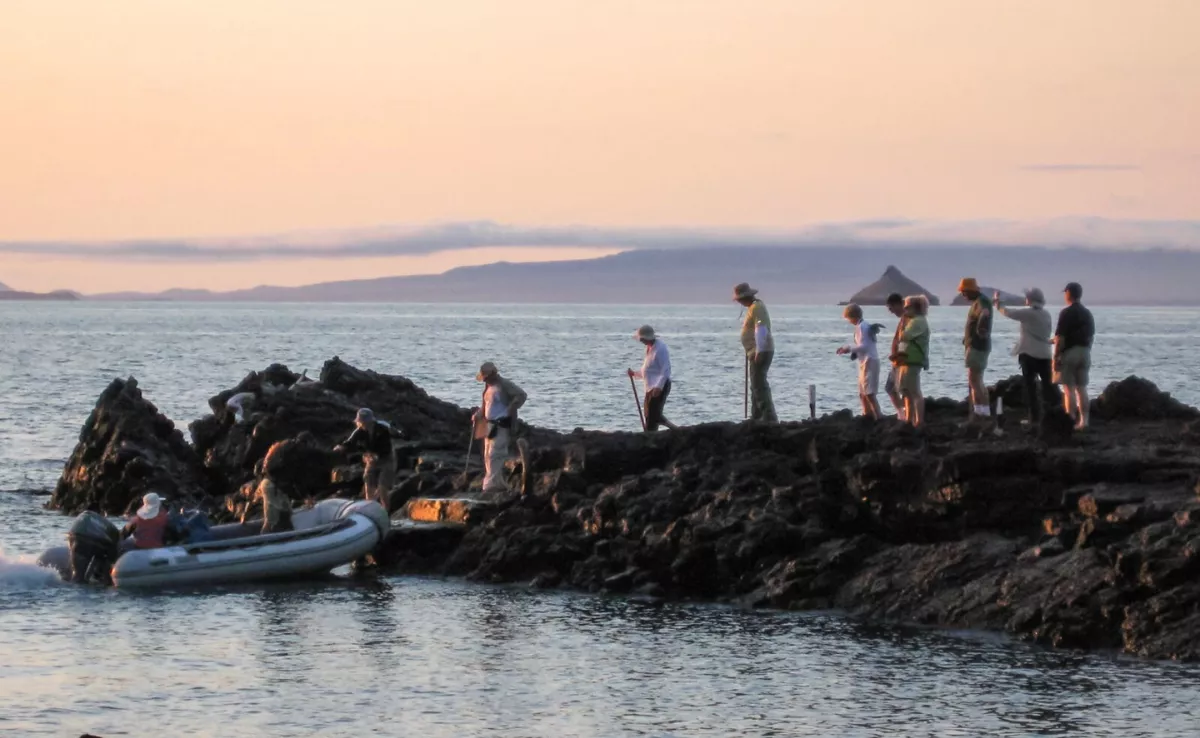
Canary Islands and Galápagos are two volcanic archipelagos in the middle of an ocean with unique biodiversity. That is the only similarity they share, as one is in the Atlantic with over two million inhabitants, while the other is located in the Pacific with barely 40,000 residents.
The significant difference between the two lies in how they manage the protection of their biodiversity. Manuel Nogales, the CSIC representative in the Canary Islands, has been working between both archipelagos for over 15 years, long enough to notice that the Atlantic islands need to take certain steps to avoid environmental collapse, learning about the control and balance achieved by the neighbouring islands across the pond.
For the CSIC researcher, “comparing the Canary Islands with Galápagos is like comparing two completely different planets.” According to the scientist, the main difference lies in the economic model and land management. The number of residents and tourists visiting both archipelagos represents this difference in management. With over 2.2 million inhabitants and a tourist pressure exceeding 18 million visitors a year, the Canary Islands face an environmental crossroads. Meanwhile, Galápagos, with only 40,000 residents and around 300,000 annual tourists, has implemented a much more controlled and sustainable development model.
“In Galápagos, they know how many tourists they can accommodate,” Nogales explains, indicating that the Ecuadorian archipelago protects its biodiversity with restrictive policies, such as “an entry fee of around 100 dollars for foreign tourists,” which is “designated” for conservation. However, in the Canary Islands, “an equilibrium between conservation and human pressure has not been achieved.” “We continue to build, and the debate on whether to have an ecotax goes on,” he expresses.
Nogales observes that the territory — the true “golden egg-laying hen” of the Canary Islands — is at risk: “If we do not take this into account, we are heading for severe environmental trouble. And we are already not doing well. Our unique landscapes are in danger. The worst part is that we need greater environmental awareness from all management bodies, including political entities.”
For him, a clear example of the management affecting the island territories is the number of visitors to Teide National Park. It is estimated that in 2024, it surpassed 5 million visitors, making it the second most visited park in the world, just behind Yellowstone National Park and the Grand Canyon, which far exceeds the surface area of the Canary peak. Additionally, “we are losing quality of life,” Nogales notes, specifying that he is speaking not only as a researcher but also as a citizen of Tenerife. “The population continues to grow, there are queues, intensive use of natural spaces, etc. There has to be a limit to this,” he narrates.
From his direct experience, Nogales outlines a clear roadmap for the Canary Islands to preserve its natural wealth, with the first step being to value the natural environment, as well as controlling population and tourist growth, seeking sustainable balance.
To move towards this management, he believes it is crucial to listen to science and respect the ecological guidelines established by experts; in addition to educating and demanding environmental commitment from all involved parties. The researcher adds that all this is motivated by future generations and asking, “What natural legacy are we going to leave them?”
In the face of the ecological collapse that is already looming, the experience of Galápagos offers an uncomfortable but necessary reflection. A model to consider… if there is still a willingness to change.















